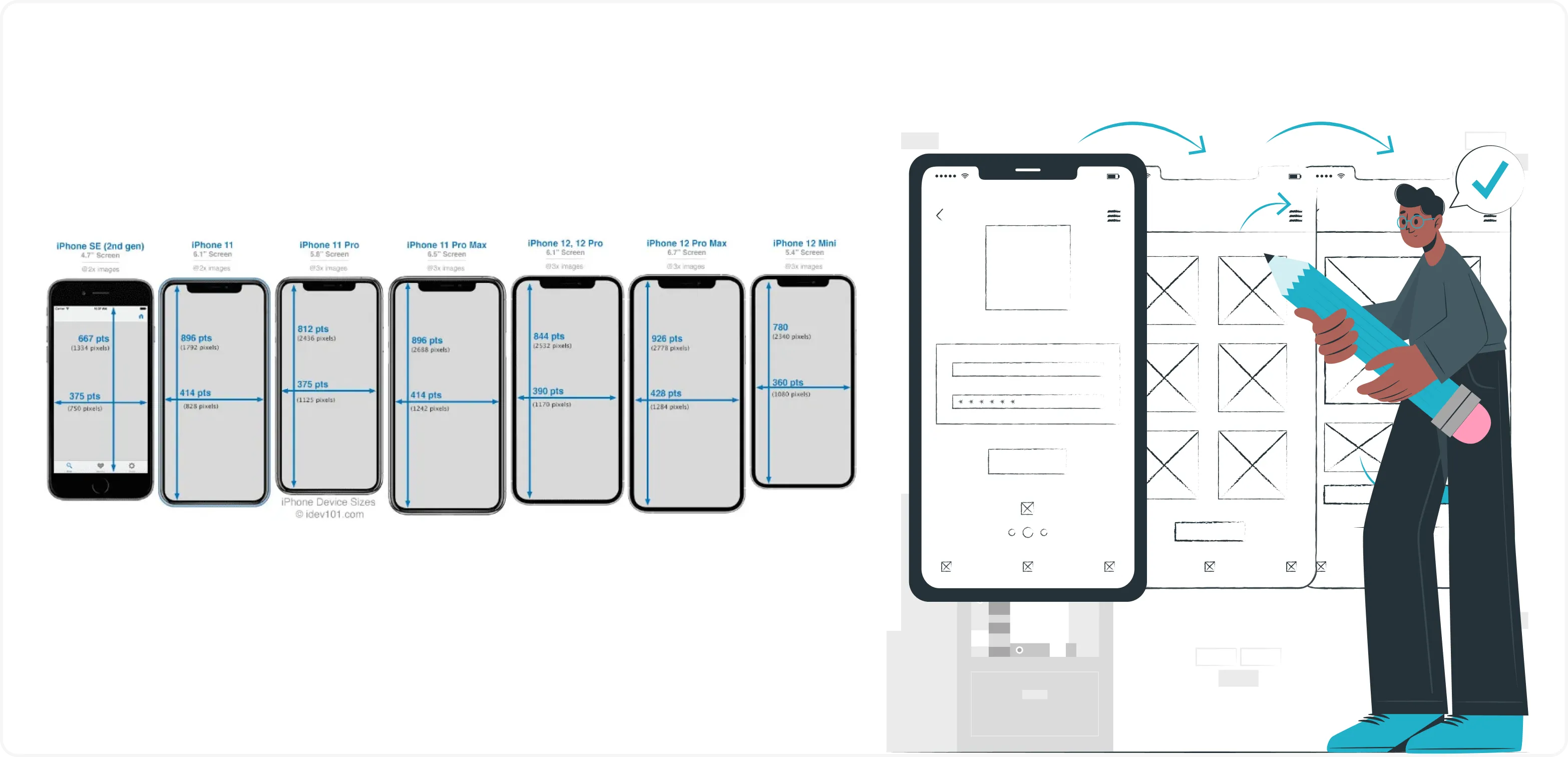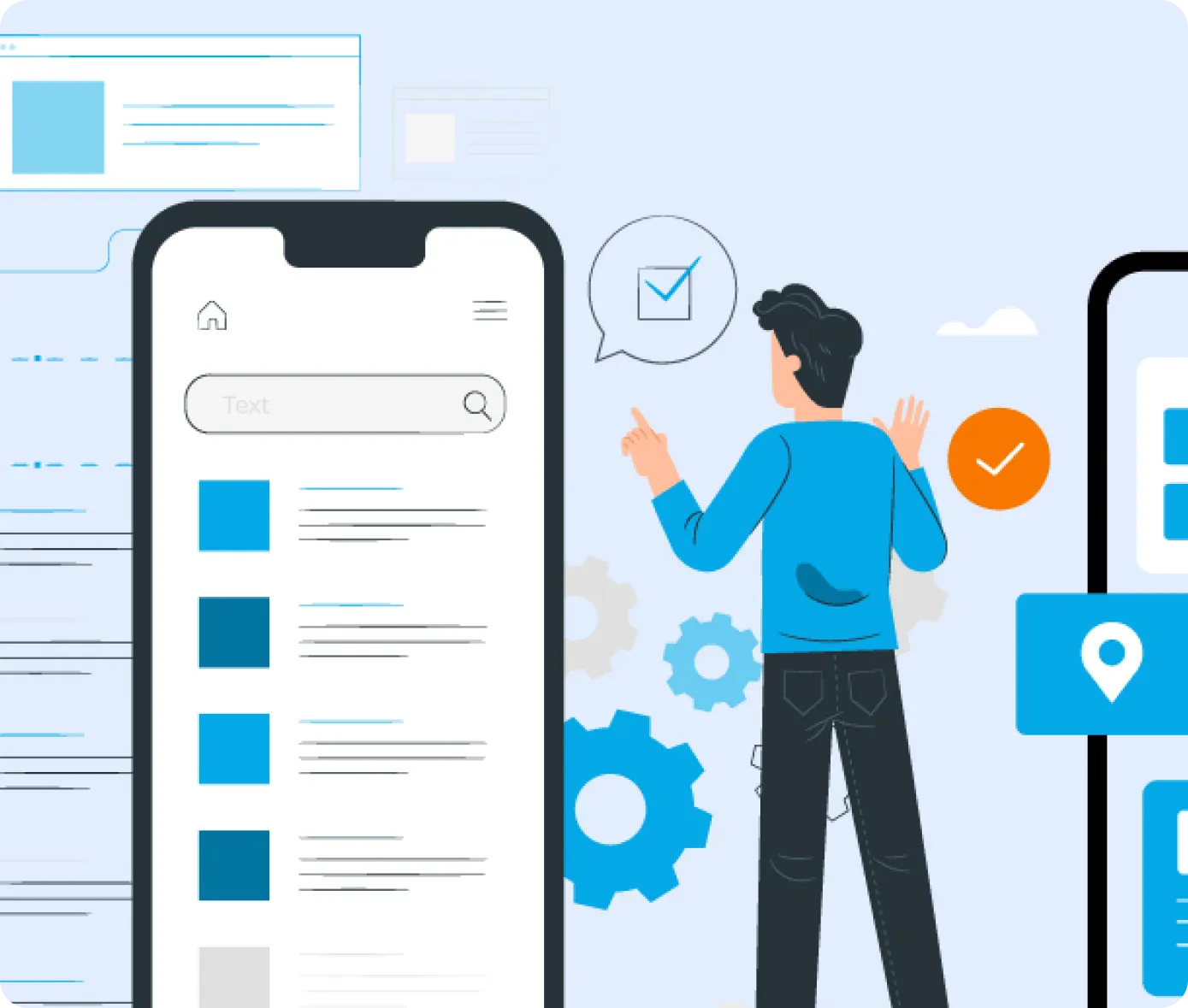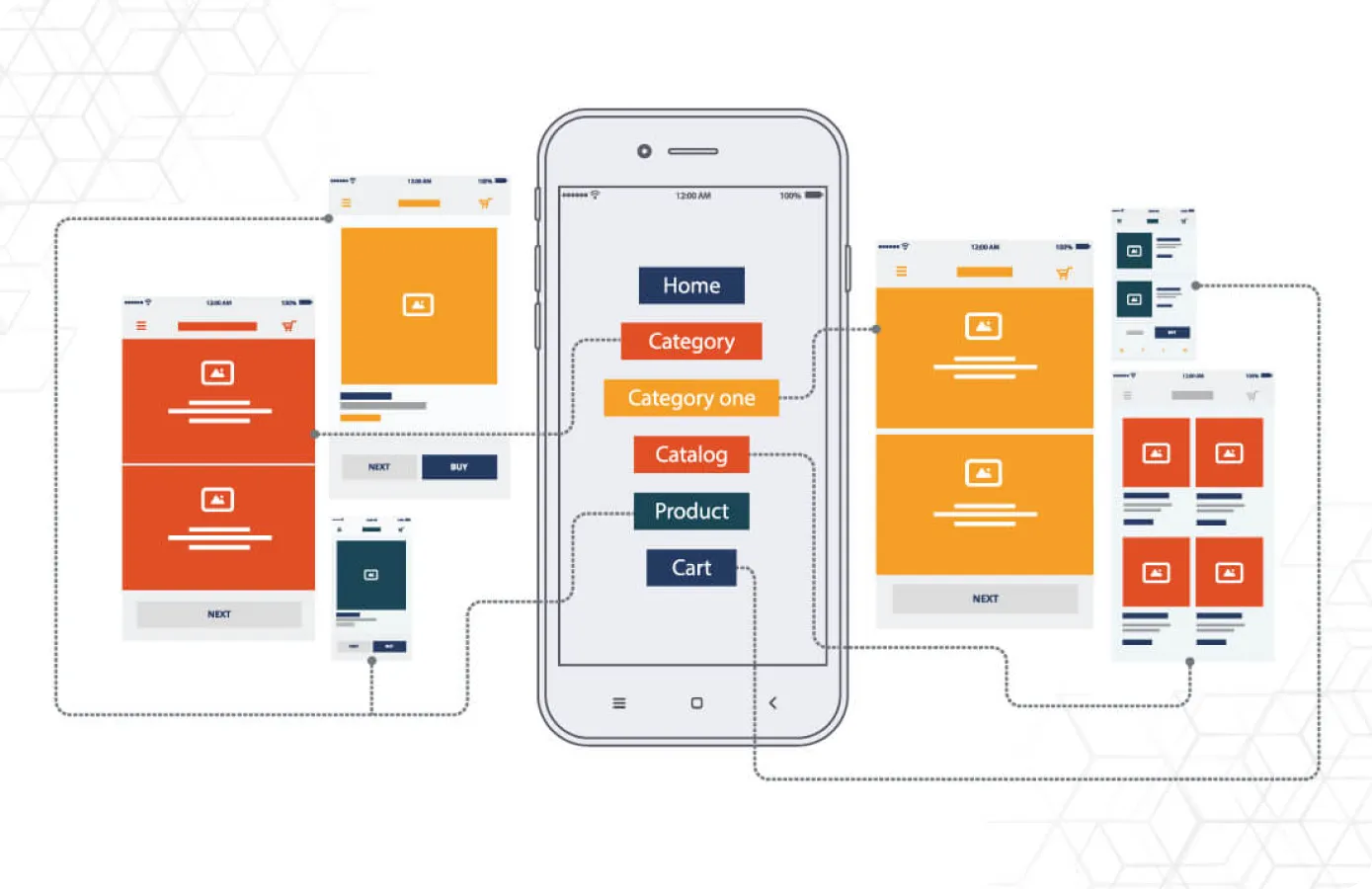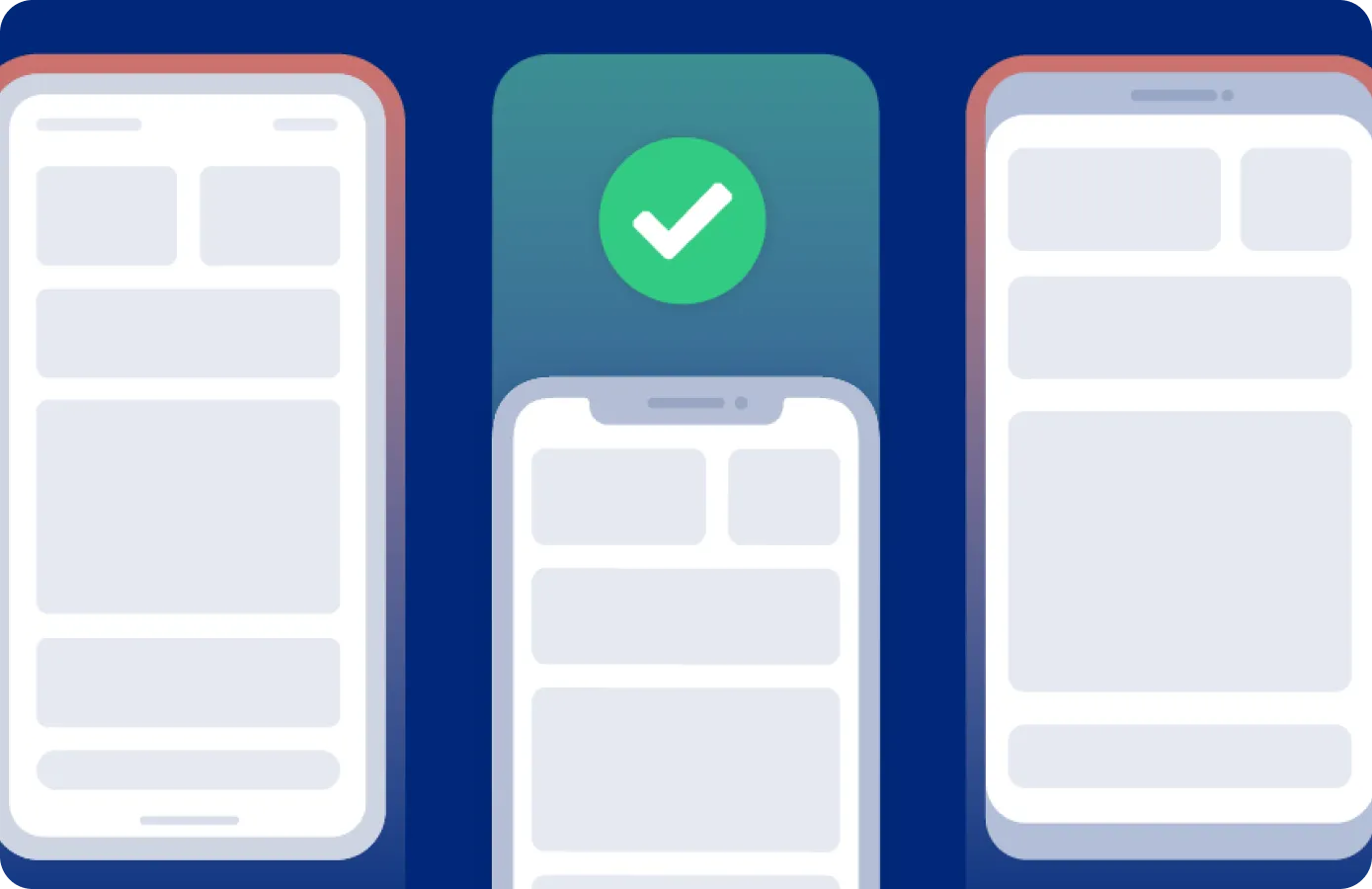In today's digital age, mobile devices are ubiquitous, and mobile applications have become an essential part of our daily lives. As mobile usage continues to grow, it's essential to consider the importance of screen size when designing mobile applications. Screen size plays a vital role in how users interact with your application and impacts their overall user experience.
Mobile devices come in different sizes, ranging from small phones to large tablets. The screen size of a device can significantly impact the user experience of an app. The larger the screen size, the more content an app can display, and the more interactive the app can be. On the other hand, smaller screens limit the amount of content that can be displayed, making it difficult to design an app that is user-friendly and intuitive.
One of the primary goals of mobile app design is to provide users with a seamless and enjoyable experience. To achieve this goal, designers must consider the screen size of the device. A well-designed app should be optimized for the screen size of the device and offer users an intuitive and easy-to-navigate interface.
Another critical aspect of mobile app design is the layout of the app. The layout should be designed to ensure that the app looks and functions well on all screen sizes. For example, if the layout of an app is designed for a larger screen size, it may not display correctly on a smaller screen, making it difficult for users to navigate and use the app.
Moreover, screen size plays a crucial role in the presentation of visual elements such as images, videos, and graphics. Designers must ensure that these elements are optimized for the screen size of the device. Otherwise, the quality and clarity of these elements may be compromised, resulting in a poor user experience.
In addition to the layout and presentation of visual elements, screen size also affects the readability of text. Small screens require smaller font sizes, which can make it difficult for users to read the text. Therefore, designers must consider the font size and style when designing the app.
iOS app designs take all the devices of iOS-based phones and tablets into consideration and app designs are made based on the most suitable native experience. On the other hand design for the same application may be completely different to give the best possible native design for Android applications.
Here are some reasons why screen size is so important when designing mobile applications:

























